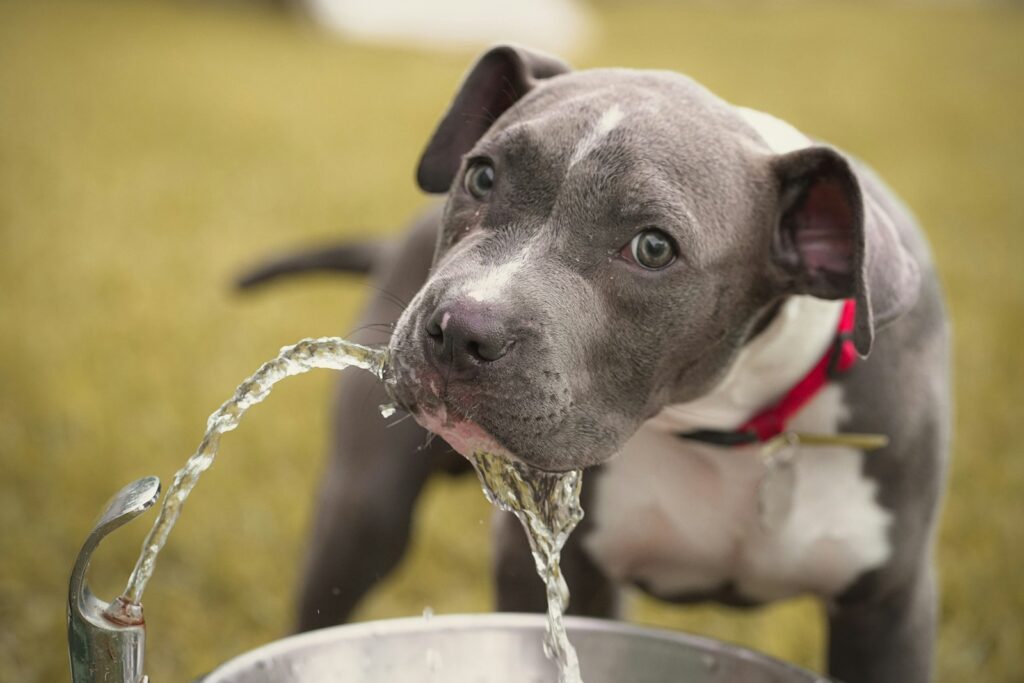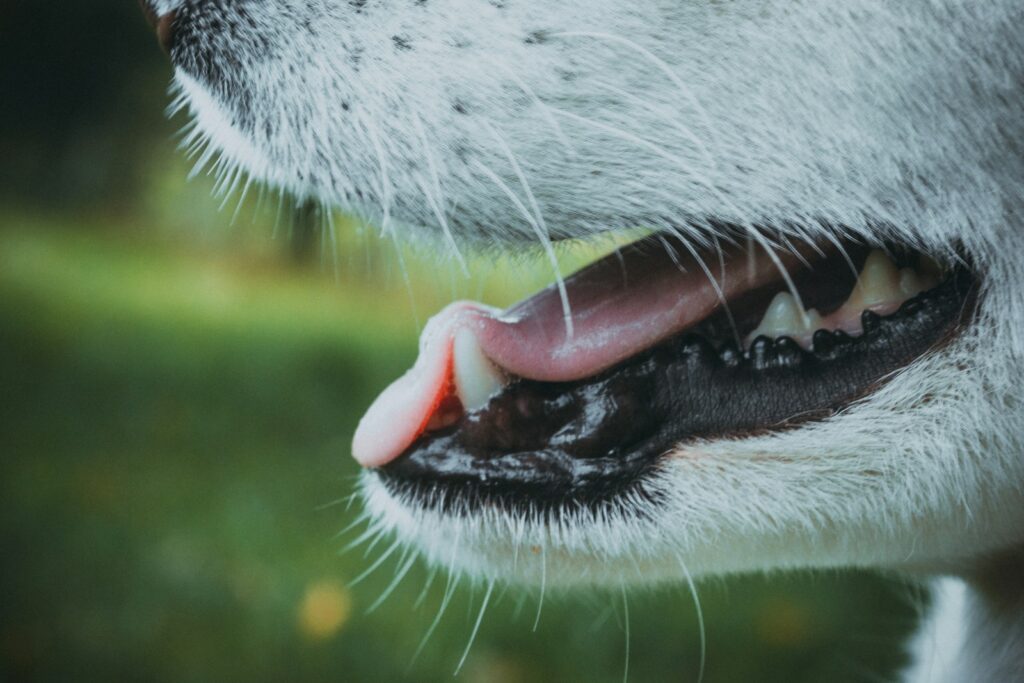Lifestyle
15 Signs Your Dog Needs a Vet ASAP

Dogs can’t speak, but their bodies often show clear signs when something’s wrong. As a responsible pet owner, it’s crucial to recognize these red flags early. Ignoring them could mean the difference between a minor issue and a serious health crisis. Here are 15 signs your dog might be sick and needs professional care. Don’t wait until it’s too late!
Sudden Loss of Appetite

If your dog suddenly stops eating, it’s often a signal that something’s off. Dogs are creatures of habit, so skipping one meal might not be alarming, but refusing food for over 24 hours usually indicates an underlying issue. Illnesses like infections, dental pain, gastrointestinal problems, or even more serious conditions like kidney or liver disease can cause appetite loss. If they’re not even interested in treats, it’s time to call the vet.
Vomiting or Diarrhea That Doesn’t Stop

A single episode of vomiting or loose stool might not mean much, especially if your dog ate something unusual. However, repeated vomiting or persistent diarrhea should never be ignored. It can quickly lead to dehydration and may be a sign of poisoning, parasites, pancreatitis, or internal blockages. If you see blood, lethargy, or if symptoms last more than a day, don’t wait—your dog needs medical attention.
Unusual Tiredness or Weakness

If your dog is suddenly sleeping all day, not interested in walks, or slow to get up, that’s a big warning sign. Lethargy can be caused by a wide range of issues, from pain and infection to anemia or heart problems. Some dogs try to hide discomfort, so when they show obvious weakness or disinterest in activities they usually enjoy, something serious could be going on inside.
Breathing Problems

Breathing should be smooth and steady. If your dog is wheezing, panting heavily at rest, coughing frequently, or their gums turn blue or pale, they could be in respiratory distress. These symptoms may point to heart disease, lung problems, allergic reactions, or heatstroke. Difficulty breathing is always an emergency and requires immediate veterinary care.
Unexpected Weight Changes

Noticeable weight loss or gain without changes in diet should raise concern. Unexplained weight loss could signal diabetes, parasites, cancer, or gastrointestinal disorders. Sudden weight gain, especially with bloating, could indicate hormonal imbalances or fluid retention. Regularly monitoring your dog’s body shape and weight is key to catching early signs of illness.
Changes in Water Consumption

Drinking more or less water than usual can both be signs of trouble. Excessive thirst might mean diabetes, kidney issues, or infections, while reduced drinking can be a sign of pain, nausea, or fatigue. Keep an eye on how often you refill their bowl, and if something feels off, it’s worth getting checked out.
Bad Smells From Mouth, Ears, or Skin

Dogs shouldn’t have strong or foul odors. Persistent bad breath may be more than just dental neglect—it can point to gum disease, oral infections, or even kidney failure. Smelly ears could mean infections or mites, and skin with a sour or yeasty smell often indicates bacterial or fungal overgrowth. These issues can worsen quickly without treatment.
Limping or Difficulty Walking

Don’t assume a limp is just a minor sprain. Dogs may limp due to joint issues like arthritis, ligament tears, or even bone injuries. If the limping doesn’t go away in a day or two, or if your dog refuses to put weight on the leg at all, it’s time for a vet visit. Difficulty walking or hesitation to climb stairs can also signal back pain or neurological issues.
Constant Scratching or Licking

When your dog won’t stop scratching, biting, or licking one area of their body, it’s often more than a minor itch. This behavior could be caused by fleas, food allergies, hot spots, or skin infections. If the skin is red, swollen, or has bald patches, it’s not going to heal on its own. Excessive licking can also be a sign of anxiety or hidden pain.
Unusual Lumps or Bumps

Finding a lump under your dog’s skin can be scary, but not all bumps are dangerous. Still, they should always be checked by a vet. Some growths are benign, but others could be tumors or abscesses. Watch for rapid growth, discharge, or sensitivity to touch. Catching problems early gives your dog the best chance at successful treatment if it turns out to be something serious.
Changes in Urination or Defecation Habits

Straining during bathroom breaks, having accidents indoors, or changes in frequency or color are all red flags. Blood in the urine or stool is especially concerning and could point to infections, bladder stones, intestinal problems, or worse. A dog that hasn’t peed or pooped in more than a day may have a dangerous blockage. Any drastic change in elimination habits should be checked out quickly.
Persistent Coughing or Gagging

A lingering cough or gagging isn’t something to ignore. It could be caused by kennel cough, heart disease, throat irritation, or a collapsed trachea. Some dogs gag when something’s stuck in their throat or after drinking water, but if it becomes frequent, there may be a bigger issue. Chronic coughing puts strain on the body and needs a vet’s evaluation to rule out serious problems.
Changes in Behavior or Mood

Sudden mood changes can be a cry for help. If your dog becomes unusually aggressive, anxious, withdrawn, or clingy, it may mean they’re in pain or discomfort. Dogs that were once energetic but now seem depressed, confused, or uninterested in interaction might be experiencing neurological or emotional distress. Changes in personality, especially when combined with physical symptoms, should never be ignored.
Scooting or Dragging Their Rear

It might look funny when dogs drag their bottoms across the floor, but it’s usually a sign of discomfort. Common causes include impacted anal glands, tapeworms, or irritation from allergies. If the behavior repeats or your dog seems to be in pain when sitting, get their anal glands checked. Left untreated, it can lead to infection or even rupture.
Shivering or Trembling for No Reason

Dogs may shake when they’re cold, scared, or excited—but trembling without an obvious reason could be more serious. It can be a symptom of pain, poisoning, neurological disorders, or fever. If your dog is shaking and also acting strangely, vomiting, or seems weak, it may be an emergency. Trembling should never be dismissed, especially if it’s new or worsening.

